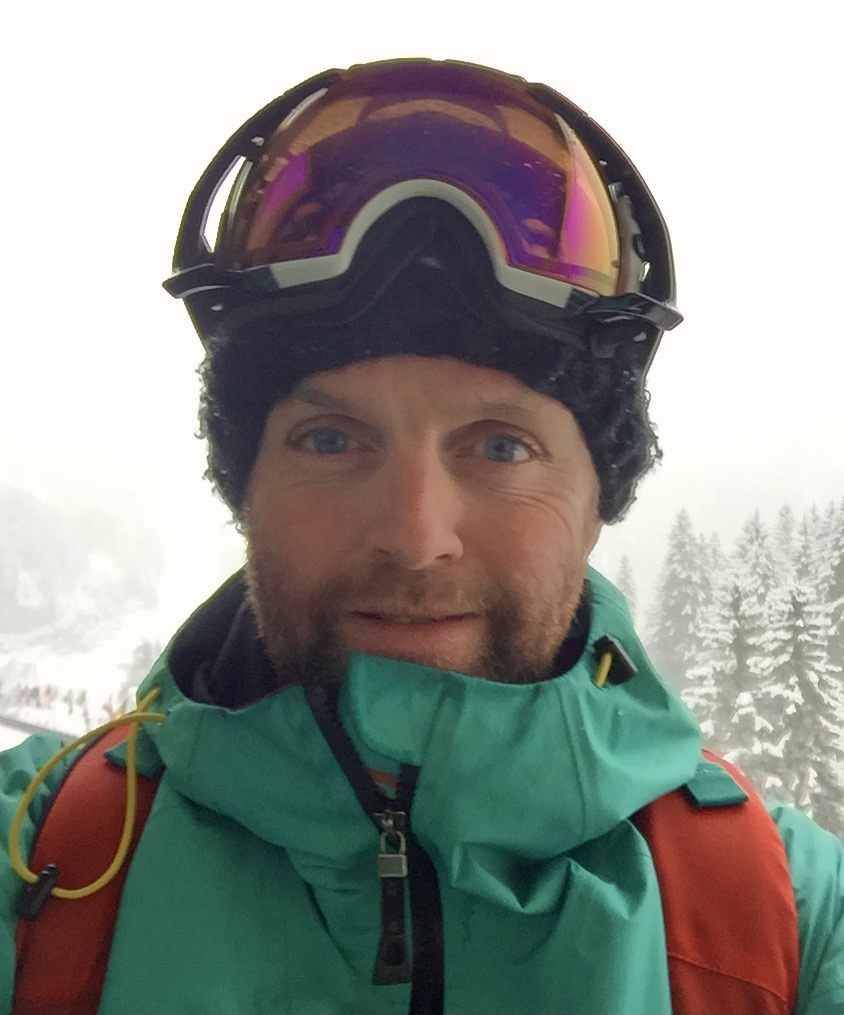Written by Dr Jamie Pringle
In top-level sport, the need for a player and team to hit the highest heights of their performance at just the right time presents an opportunity and a risk. Over the last few weeks, we’ve seen the world championships in cycling (a once-a-year event) and in athletics (once every other year), and now the Rugby World Cup – a once every four-year event. Getting right on the day matters and planning that far in advance is quite the coaching and preparation challenge. More often than not athletes and players peak too late than too early. That is, it’s only after the competition or tournament, and when they’ve typically had a short break from their sport, that athletes often find themselves in their best shape, but by then, it’s too late, and hindsight is no consolation to a missed winner’s medal. It’s a fine skill to judge the training and preparation – not too much but also not too little – so that on the biggest day you’re in the form of your life.

For any skilled performer, their training is everything. It’s the groundwork for turning their talent into success; it’s how they’ve built their fitness and progressed upwards through their career. But it’s the rest and recovery from all that hard training that takes them to the peak of their form. And this is the fine balance that an athlete or player is always trying to master – keeping the training going for long enough and close enough to the event to ensure they don’t undercook themselves; but also backing off enough to ensure they’re sufficiently rested and ready to get the very best out of themselves. Like any performer – not just an athlete but be it a singer or giving a business presentation to a group of investors – they trust the preparation has been done, and when they open their mouth, or take the first step of the race or out on to the pitch, that their very best will be there. It’s not just a self-believe but it’s a skill in itself – just like their technical prowess – and one typically learnt through getting it wrong more times than getting it right. It requires huge self-awareness and self-confidence that they can, and they will get it right on the day.
As a scientist working in elite sport, the opportunities to study world-class athletes and players performing at the very top of their game are uniquely pressured occasions and understandably infrequent. We get glimpses from what they can achieve on the track, on the pitch, in the pool on race day. But where we find most learning is the ordinariness of their day-to-day training – their bread-and-butter conditioning – the weeks, months, and years of work they do out of the camera’s eye; how they push themselves; how they recover and adapt; how they find the edge of their fatigue and back off from it. In this light, the science of athletic ‘peaking’ is more extensive than the relatively sparse published research might suggest. It’s the science of muscle fatigue; it’s the science of adaptation, of strength, power, and endurance development; and just as importantly, it’s the science of how those hard-earned gains are maintained. It’s a common observation that it takes a lot more training to get fit than it does to stay fit and that poses the rarely asked question of ‘what’s the least amount of training we need to do to
It might be surprising to learn that all those factors are just as important to the everyday mortal as they are for sporting champions. How much activity is required to maintain precious muscle mass in an aging population? How many steps are required to maintain cardiovascular health in sedentary office workers? It’s not always about needing to push the limits; it’s about ensuring we do at least the least.

J.Pringle@bham.ac.uk
